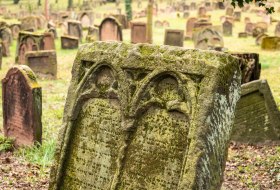Highlights at the cycle path
Sights at the Rhine cycle path
The cathedrals in Mainz and Worms, the Rochus Chapel in Bingen or the Oppenheim cellar labyrinth. Along the Rhine Cycle Route there are countless sights that will introduce you to the culture and history of Rheinhessen.












